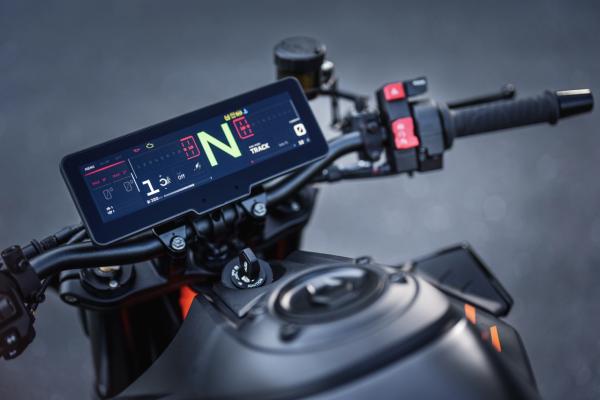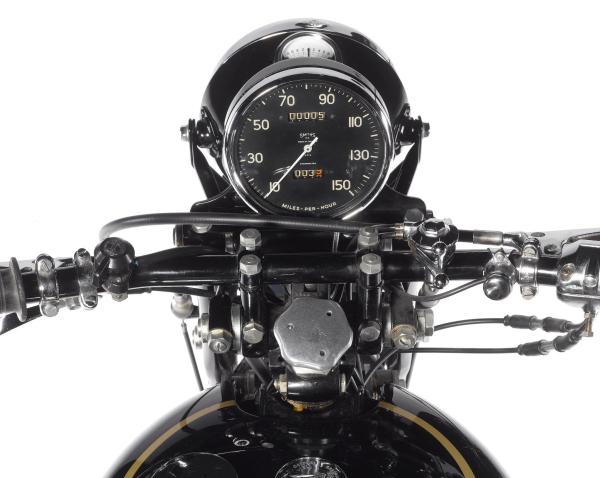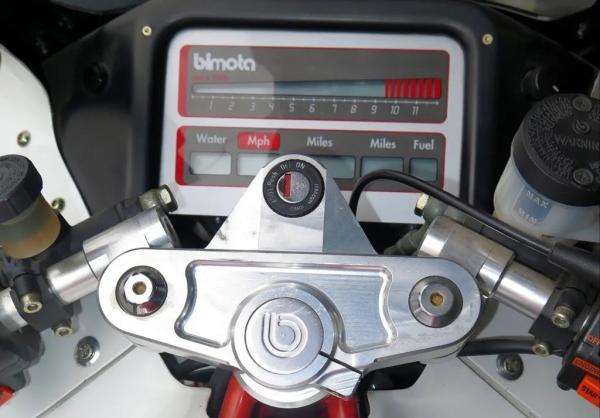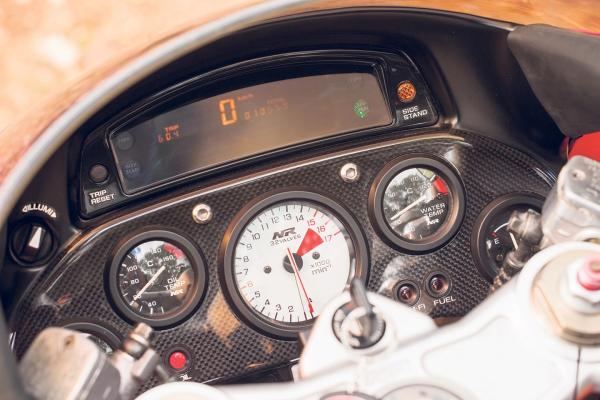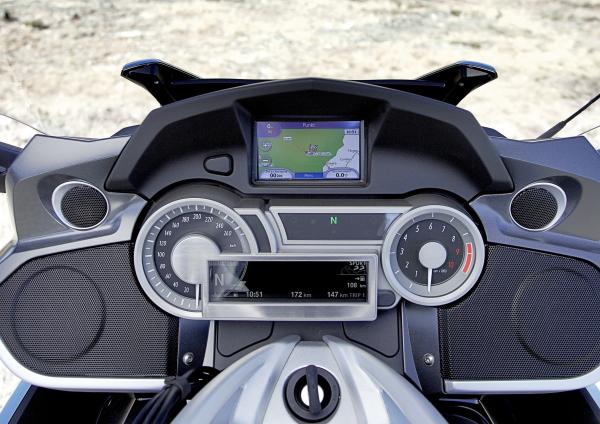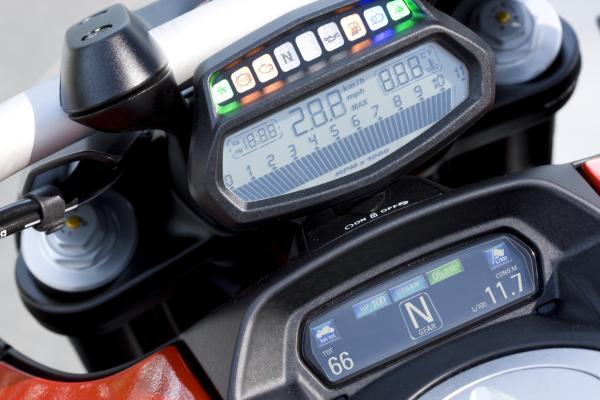A Short History of Motorcycle Dashboards
From simple speedos to touchscreen TFTs, here’s how bike ‘displays’ have evolved
The big news on KTM’s recently announced, updated 2025 models has been their adoption of new, even bigger, touchscreen TFT dashes (below).
Available now in massive eight and 8.8-inch designs, the former mounted vertically on KTM’s range-topping adventure bikes, the latter horizontally on the Super Duke and Super Duke GT, they also now have newly-developed touchscreen functionality (with or without gloves), built-in ‘virtual buttons’ which do away with the need for auxiliary switches, and a design which also allows for more customisation than ever, such as configurable split-screen functionality.
All of which is impressive stuff (although, to be honest, BMW already has an even bigger 10.25-inch display while Harley last year introduced a whopping 12.3in TFT display on some models) – but it also got us wondering: When did motorcycle instruments get so, well, mad? Wasn’t it only a few years ago when just twin analogue dials (for speedo and tacho) with a few ‘idiot’ warning lights in between were the norm? And where did all this stuff come from – and when?
Motorcycle instrument displays may have recently become phenomenally sophisticated but in truth, they’ve always been not just useful but an important, prestigious feature.
Although only a legal requirement from 1937, when a new law required vehicles registered on or after 1 October of that year to be fitted with a speedometer unless legally limited to 25mph, speedos, clocks, dials dashes and more have generally been regarded as badges of honour for far longer. They are, after all, the one part of a bike we look at the longest.
From the mid-1920s, for example, Brough Superiors were prized, amongst other things, for their large Smiths speedometers, as was the later Vincent Black Shadow. In fact, two five-inch Black Shadow speedos sold recently at Bonhams classic Stafford sale for around £1,400. Each.
From the 1950s, the fitting of speedos, basic warning lights and occasionally other instruments, into the headlamp ‘nacelle’ became common practice. Then, from the 1960s, as higher revving, multi-cylinder, performance machines became popular, a twin dial, speedometer/tachometer setup became the norm.
This formed the basic template for mainstream motorcycle dashes up to the late 1990s but, of course, there were variations: Suzuki introduced gear indicators, with a mechanical system on its GT series in the early ‘70s. Suzuki, too, was one of the first to offer highly stylized instrument binnacles or ‘pods’, with the (otherwise flawed) 1974 RE5 rotary, which was styled by Italian car designer Giorgetto Giugiaro (it wasn’t popular and was binned on the succeeding model).
From the late ‘70s onwards, and particularly with the standardisation of fairings from the mid-1980s, more comprehensive, car-style ‘dashes’, with an arrangement of multiple dials, now, with the adoption of liquid-cooling, with a temperature gauge, too, and warning lights became the new standard. One major variation on this, however, was the growth of the ‘racer replica’, most obviously with the 1985 GSX-R750, which had a race-style display with a white-faced tacho prominent, smaller speedo and a minimalist design.
The first sign of a potential new, digital future came in 1991 with Bimota’s futuristic, hub-centre-steered Tesi 1D which had a completely digital ‘dash’ with an LCD strip tacho and separate LCD panels for temperature, speed, twin odos and fuel, although, by definition, it was also so niche and exclusive had had little influence.
Next came Honda’s 1992 NR750, with a substantial LED panel for speedo, temperature etc. The 1994 Honda RC45 had an LCD digital temperature gauge while plenty of bikes of the era, such as the Honda VFR750, had LCD digital clocks.
But it was the first Yamaha R1 of 1998 which became the first production bike to have a dash that was substantially ‘digital’ by introducing a display with an analogue tacho but a large digital LCD panel for the speedo and ancillaries, a format that became the norm for most of the next decade.
The adoption of ‘ride-by-wire’ which, with ECUs, allowed switchable riding modes from the mid-to-late Noughties, brought extra functions to these displays. Ducati’s 2010 Multistrada then raised the bar by integrating these with switchable electronic suspension modes, resulting in even more complex LCD displays (and switchgear) but it was BMW’s K1600GT, followed swiftly by Ducati’s first 2011 Diavel which introduced TFT displays to motorcycles.
First developed for cars, the TFT (thin film transistor) dashboard is a development of the LCD digital display and is an effective way of displaying a lot of information to the rider in a clear manner and with a choice of layouts and colours.
Initially quite small and supplementary to an LCD display, TFTs quickly grew in size and complexity, have been adopted by almost every manufacturer to the extent that it’s now rare to find a motorcycle with either analogue clocks or an LCD, and now, as we’ve seen with KTM and more, even offer touchscreen functions.
In short, they’re not going anywhere soon, no matter how much some of us may pine for an old analogue twin-dial setup!

